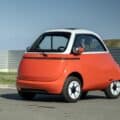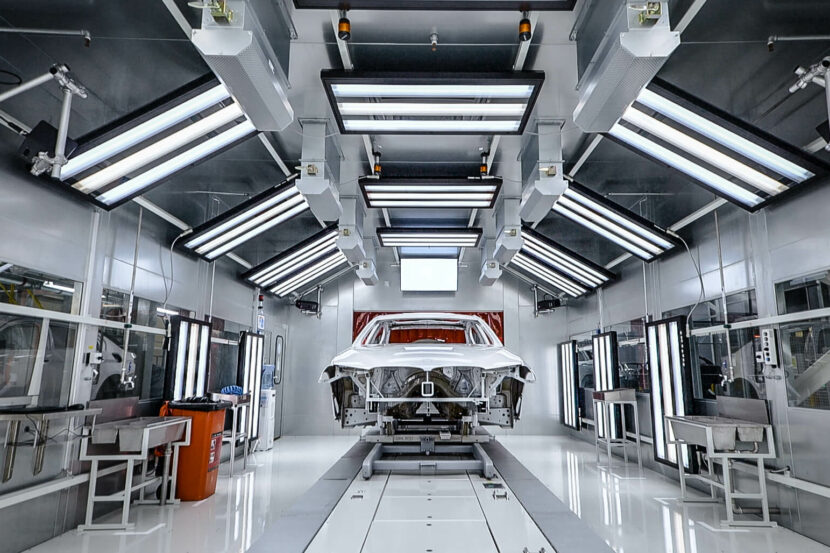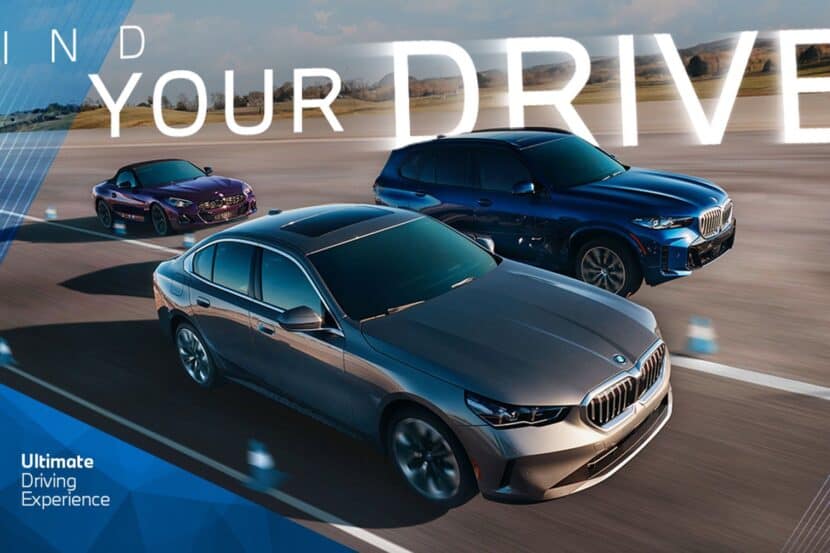Nowadays, car companies rarely advertise speed, power or performance. It’s all about fuel economy, efficiency and environmental-friendliness. So BMW needs to adapt to survive in this green world. To do so, it’s offering more plug-in hybrid options than ever before, with a plug-in variant in each and every model line. But what we’ve noticed is that thee plug-in hybrid variants are often not that much more efficient, or any more at all, than their small-engined counterparts. We see this with the new BMW 530i and BMW 530e. Both are around the same price but which is better to buy?
For starters, the BMW 530i is the base-model 5 Series in North America, as we don’t get some of the smaller diesel engines the European market gets. With the 530i, buyers get BMW’s new B48 2.0 liter turbocharged four-cylinder engine mated to an eight-speed automatic as-standard. Rear-wheel drive is standard with xDrive all-wheel drive as an optional extra. This powertrain makes 248 hp and 258 lb-ft of torque. The 530i can get from 0-60 mph in about 6 seconds, give or take a couple of tenths, depending on all-wheel drive or rear-wheel drive. BMW claims a combined 43 mpg for the 530i, but that’s on the extremely generous EU Cycle.
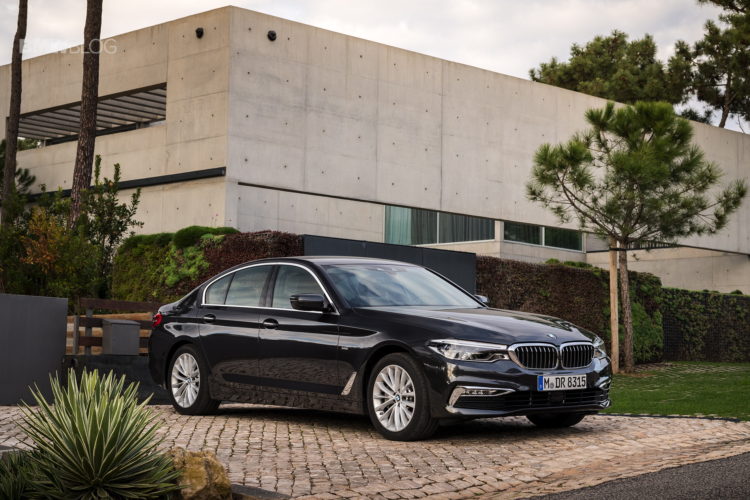
If you want the hybrid model, you have to spring for the BMW 530e iPerformance, which will be a bit more expensive, but there will only be a few thousand dollars between the two. The 530e also packs a 2.0 liter turbocharged four-pot, but only make 180 hp and 215 lb-ft of torque. That engine is paired to an electric motor, which makes 95 hp and 184 lb-ft of torque. Combined, the two develop 248 hp and 310 lb-ft of torque (thanks to weird hybrid maths). BMW claims the 530e will get from 0-60 mph in 6.1 seconds. With xDrive all-wheel drive, we think it will be faster than that, thanks to the impressive torque figure and instant electric power delivery. BMW also claims 117 combined MPGe for the 530e, which I still don’t fully comprehend how that’s calculated. I saw a combined 24 mpg in a 740e hybrid, so we’ll see what the 530e really can do.
Both cars should realistically get very similar fuel economy, despite the 530e having a hybrid powertrain. The added weight and less horsepower will cause this powertrain to work a bit harder to get the 5 Series moving. Plus, hybrids typically only get those impressive fuel economy numbers if driven like a frail old lady. If driven like a normal human, they typically don’t get much better fuel economy than small petrol engines. However, they do have the capability of driving under pure electric power for short periods of time. BMW claims 28 miles of pure electric range for the 530e.
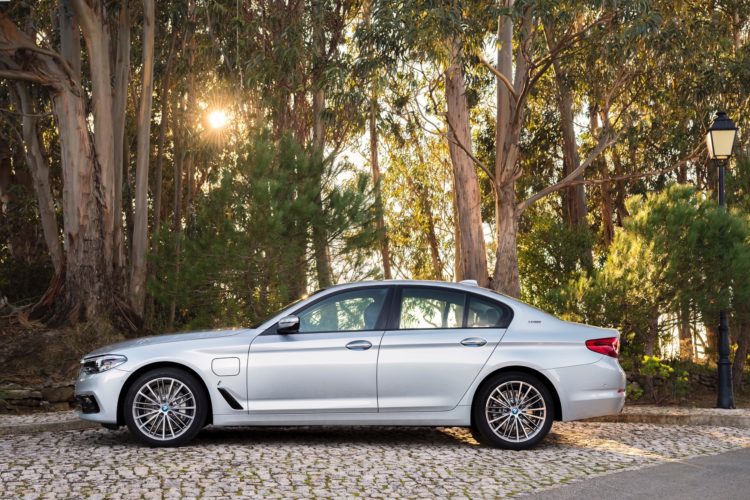
However, the BMW 530i will likely be the better handling car, as it will carry less weight. The lighter weight of the 530i will give it sharper dynamics and faster changes in direction. So it will probably be the more performance oriented 5er of the two.
All in all, it will be tough to choose between the two for a lot of buyers. They will both be priced similarly enough to be cross-shopped and both provide similar performance and even similar fuel economy. The BMW 530e provides some pure electric range and a green image whereas the 530i is probably the better handler and cheaper overall to buy. If it was me choosing, I’d go with the BMW 530i, just because I refer the more pure powertrain, but I can certainly see how the 530e will appeal to customers who prefer a greener car.








